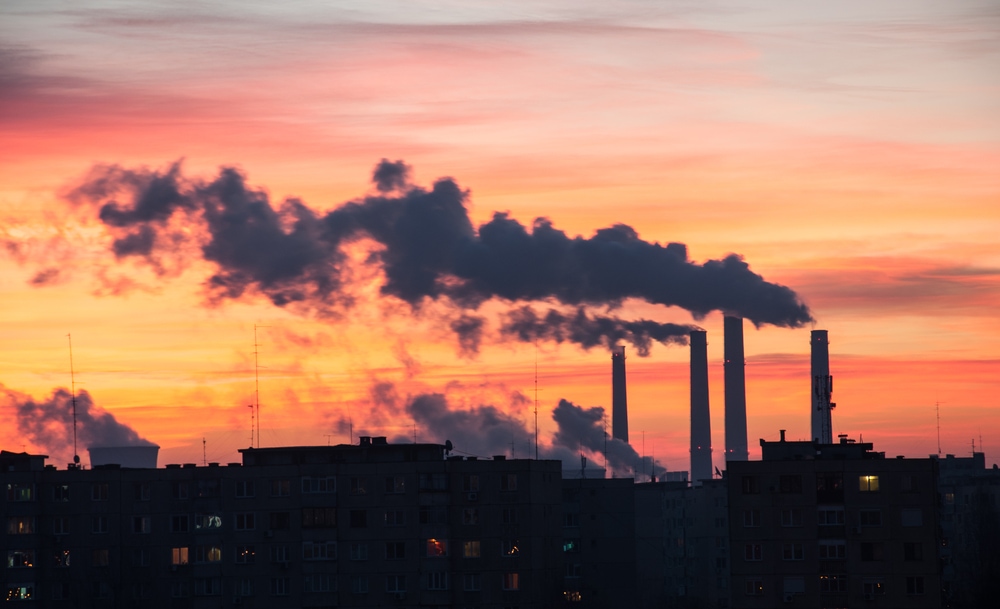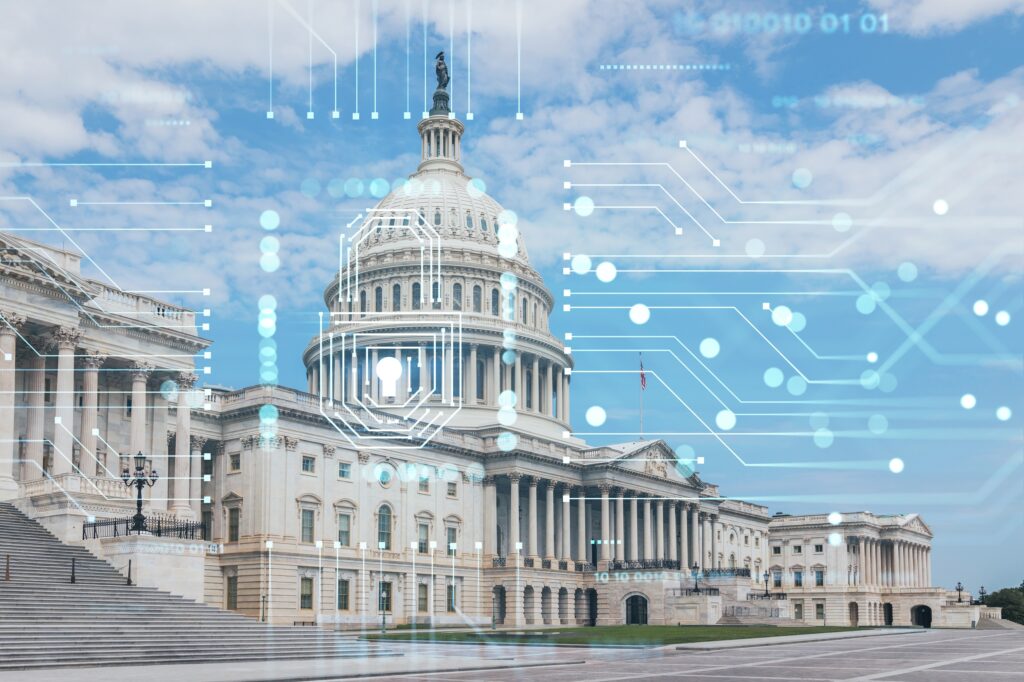Risk to grid isn’t sufficiently addressed
It’s hard to believe, but we’re already coming up on the one year anniversary of the 100-year storm last February. The looming anniversary reminds us of risks to the electric grid and renews reasonable questions about electric reliability.
The recent routine cold snap across Texas appears to have caused a short-term natural gas supply interruption, with roughly a quarter of the state’s natural gas operations going offline for a short period of time. Thankfully, this supply interruption did not cause blackouts, but it was concerning nonetheless.
Bloomberg News reported that in Texas “instruments froze, output plunged and companies spewed a miasma of pollutants into the atmosphere in a bid to keep operations stable.” This supply interruption affected roughly 12 facilities and resulted in 85 tons of sulfur dioxide and 11 tons of carbon monoxide being released.
Natural gas production had not dropped that much since February 2021, and the production plunge is raising a new round of questions about state regulators making improvements to the grid and whether consumers face risks to reliable and affordable electricity as the winter continues.
If this can still happen during a routine cold snap, it is reasonable for Texans to ask if our energy system is resilient, appropriately weatherized and utilizing all available sources of energy to ensure adequate reliable electricity supply. While Gov. Greg Abbott, Railroad Commission officials and legislators have all but guaranteed that the grid can hold up, consumers can look at these events and ask legitimate questions.
The point here is not to attack natural gas. All too often politicians have responded to the blackouts by trying to pin the blame on certain energy sources. There was a concerted effort last year to (wrongly) scapegoat wind power for the outages. Instead of pitting different energy sources against each other, we need to focus on making sure that Texas has enough generation capacity to meet the needs of a growing state, and that this capacity can function when called on to do so. Any strategy that punishes one source of energy supply or picks winners and losers ultimately reduces supply and puts the entire grid at risk.
This recent supply disruption within the natural gas sector shows that no energy source is 100 percent reliable. But that need not mean that the grid as a whole is unreliable. Maintaining reliability for the grid as a whole does not require any single power plant to be always available to generate. It’s only when some common factor knocks out many plants at the same time, as happened last February, that we need to worry.
The right approach is to develop policies that minimizes the risk of blackouts by identifying the most vulnerable parts of the grid. Policymakers should consider focusing both on maintaining supply (through weatherization and encouraging market investment in new capacity) and on reducing demand, both through increased energy efficiency and innovative consumer-oriented programs that reduce demand when the electricity supply is tight, resulting in greater reliability for the grid.
A net exporter of energy like Texas should never be unable to provide adequate electricity to its commercial and residential consumers. State leaders should end the ideological war on renewables and focus on the big picture of getting the market design right.
Image credit: comzeal








